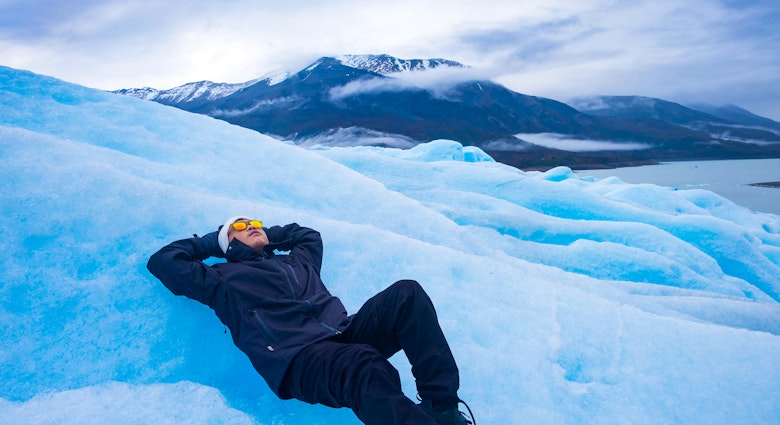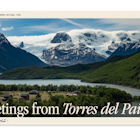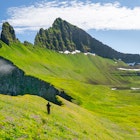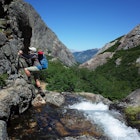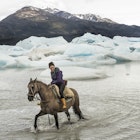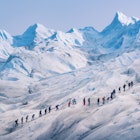Patagonian treks are all about preparing for the elements. ‘I thought it would be summer down here,’ is a phrase that’s echoed off those majestic granite spires of Torres del Paine for decades now.
While the months of December through February are considered Austral summer, taking that fact too literally is folly. You’re at end of the world – headlong winds and sideways sleet can happen any time of year. To make the most of your time here amongst these unparalleled landscapes, you better pack right.

Warm and cozy
Patagonia’s weather is influenced both by Antarctica and the Southern Patagonian Ice Field – that great glacial mass larger than California’s Death Valley. Coping with this influence will take attention to detail. It’s the little things. The best investment is seamless wool socks like those from Darn Tough (darntough.com) to keep you warm and comfortable. Happy feet mean uninterrupted walking: the difference will be miles of splendor that you can’t put a price on. A few extra pairs can be a godsend when you’re hiking nonstop without a day off to do the wash.
Avoid shorts – there’s plenty of thorny brush to get at your legs even when chilly gusts of wind aren't whipping. Bring top and bottom thermals, light gloves and a hat, an insulating layer like a fleece, rain gear and a down jacket for cool nights.
And remember, crisp climates can still pose issues for your eyes and skin. Sunglasses with a leash, waterproof, high-SPF sunscreen and shade had will protect you from overexposure – a crucial matter as a hole in the ozone layer moving over Patagonia and Antarctica leaves you extra vulnerable.
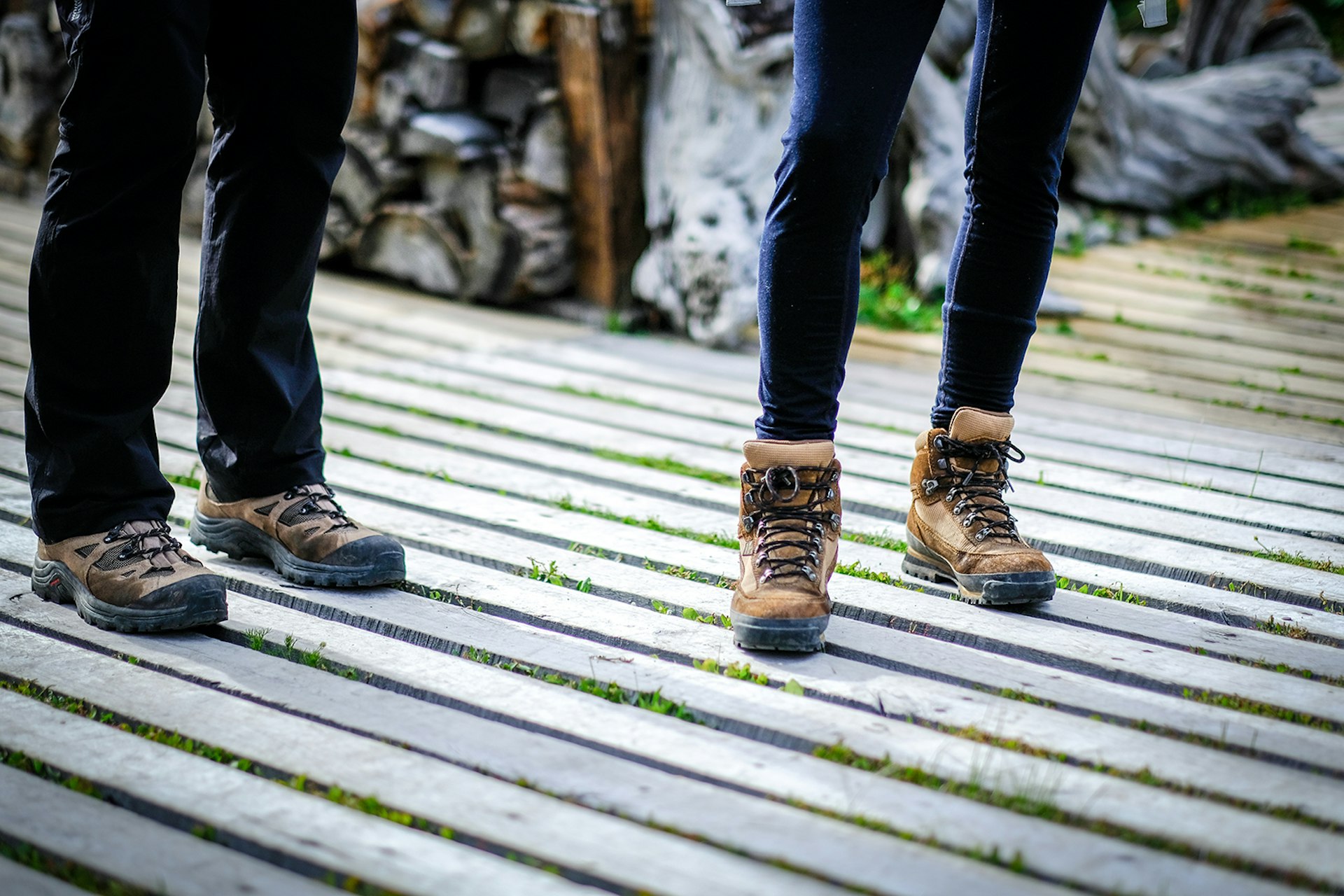
Keeping your footing
Sure, you might be able to hike in trainers some days, but sturdy, broken-in waterproof boots will do you a solid in shallow stream crossings, snowy passes, and puddles around town. Speaking of streams, if you bring sandals, make sure their soles are rigid enough to clamor across river stones. Gore-Tex gaiters come in useful here too – not only do they keep your feet dry, they also keep mud off your pants and prevent you from needing to relace your boots over the course of a day. Rinse them in a stream at the end of a day on the trail and they can dry overnight.
One final piece of necessary hike gear: trekking poles. The collapsible kind fits easily into luggage. Not only do they save knees from downhill pounding, they provide stability during river crossings and keep you grounded when the famous Patagonian wind blows.
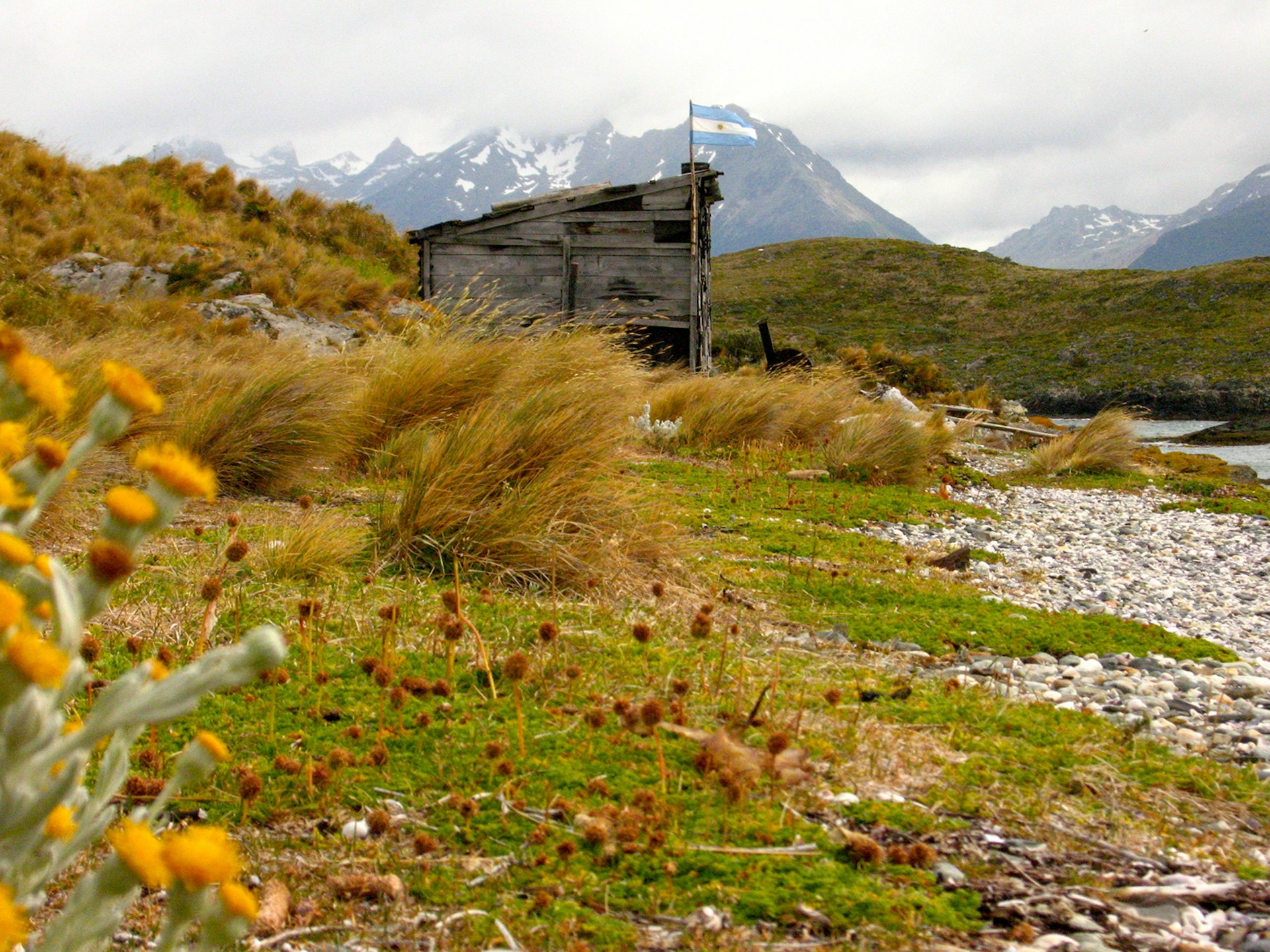
Gearing up for a hut-to-hut hike
While the rugged bulk of Patagonia is straight-up wilderness, there are a few hut-to-hut hiking routes. Chile’s Torres del Paine National Park and Parque Nacional Nahuel Huapi in Argentina have classic hikes punctuated by dry sleeps. That means shaving pounds off your back. No tent is required, and in Torres del Paine, no sleeping bag either, as both Fantastico Sur (fantasticosur.com) and Vertices (verticepatagonia.com) huts in Torres del Paine offer the option of sheets and blankets. Do make reservations well in advance.
On top of your trekking gear, you’ll want to invest in a good day pack like the Osprey Talon (ospreypacks.com). Make sure you have enough room for a hydration bladder, extra layers, a blister kit and food. Pack cover? Skip it. Chances are, the wind will snatch it away. Instead, keep the contents in plastic bags in case of rain. You can also get away with a day pack when hiking in Argentina’s Fitzroy range, since most trails link to the town of El Chalten. Solar chargers and single-charge units can keep your phone and camera going, though an extra camera battery adds greater insurance. Headlamps are useful in nature, on night buses and at hotels without bedside night lamps.
Camping out
Backpacking requires finding the delicate balance: bring enough to be comfortable but not enough to drag you down. There’s one way to do it: stick to an essential gear list. Prioritize a comfortable, well-fitted pack. Try it on with all the contents and decide what you can live without. Usually that’s an extra change of clothes. In general, it is helpful to have a set of camp clothes and a set of hiking clothes – it’s nice to get into something dry and relatively clean at the end of the day. Also, try to pack a week in advance. Take your loaded pack on a hike. At this point, most people further edit their selections. Invest in a cheap, lightweight duffel to keep your backpack clean on bus rides and prevent luggage belts from chewing up straps.
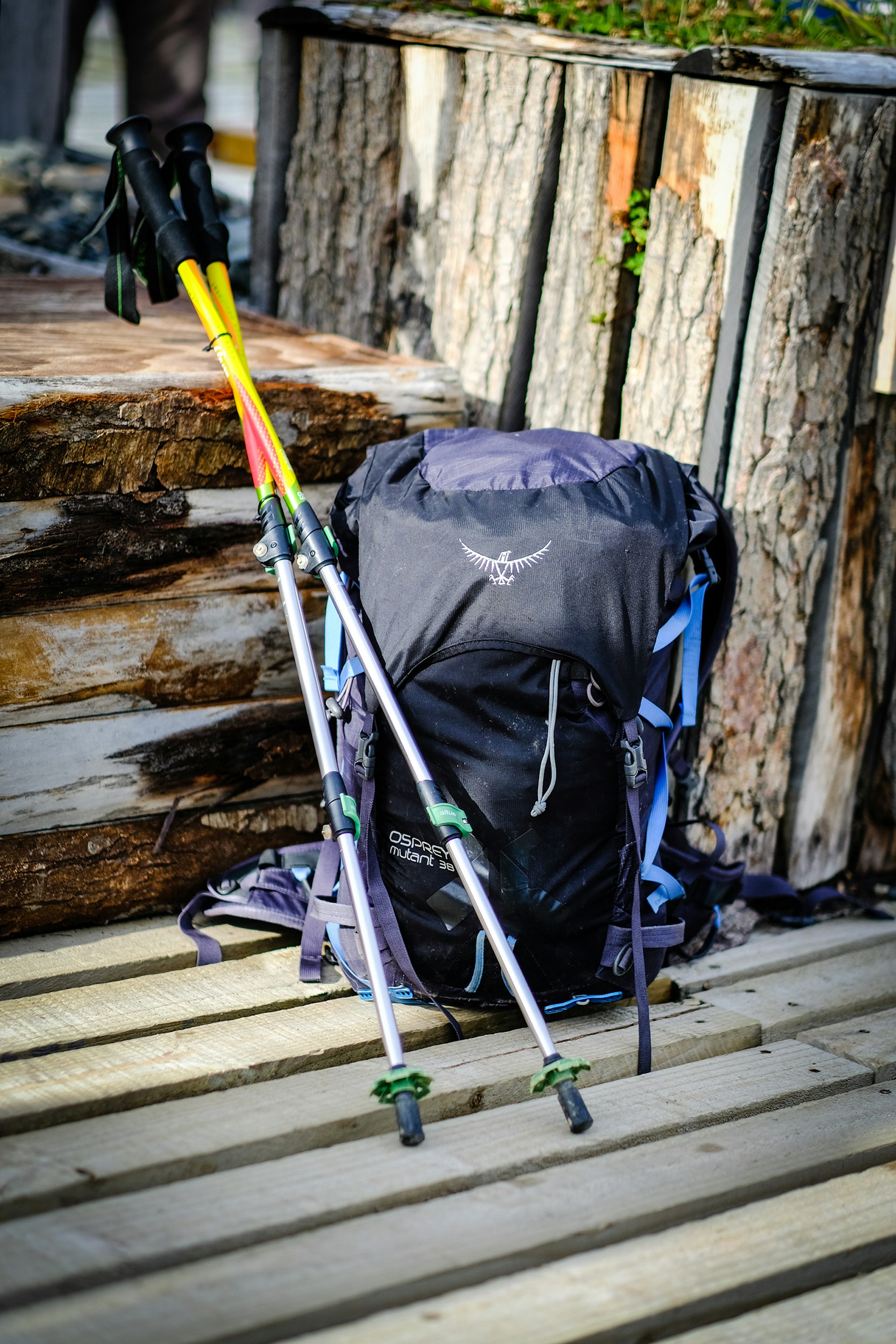
Restrictions to check before your flight
In Chile, both Punta Arenas and Puerto Natales have banned plastic bags. Bring a couple of small cloth grocery bags for market trips, they can also serve for sorting gear. Ditto for water bottles and coffee thermoses – bring from home and you will carry less guilt.
Blades aren’t allowed in an airplane cabin. A pocket knife with multi-use tools is your best defense against a hunk of cheese or slivers but it belongs in checked luggage. Also, some airlines won’t let you travel with camping stoves, so do some research before buying your ticket. Both camping stove fuel and lighters are no-nos – you can get them when you arrive to regional bases like Punta Arenas, El Chalten or Bariloche.
Because of customs, snacks can also be an issue when you fly. Chile has strict restrictions on food imports in order to protect its robust agricultural industry. They prohibit outside fruit, dairy, and meat, which means no nuts, jerky or dried fruit either. Most of these items can be picked up in country at grocery stores in major cities. Small towns offer a more limited selection. Tostadurias usually offer bulk supply dried fruit and nuts. Energy bars, rehydration tabs or gels can be a harder find, so if you do bring your own supply, be sure to declare all on your customs forms.

Maps and navigation tools
By now you should feel confident about getting on your way. If you are using a GPS app, make sure it will download and store maps. Don’t expect to count on your phone in an emergency. Cell service doesn’t work in most of rural Patagonia. It never hurts to pick up high-quality topo maps in major cities near your destinations.
The last word – duct tape
Even the best gear is no match for preparation and a can-do attitude. That and duct tape. Roll it onto your trekking pole and half your problems are already resolved.


